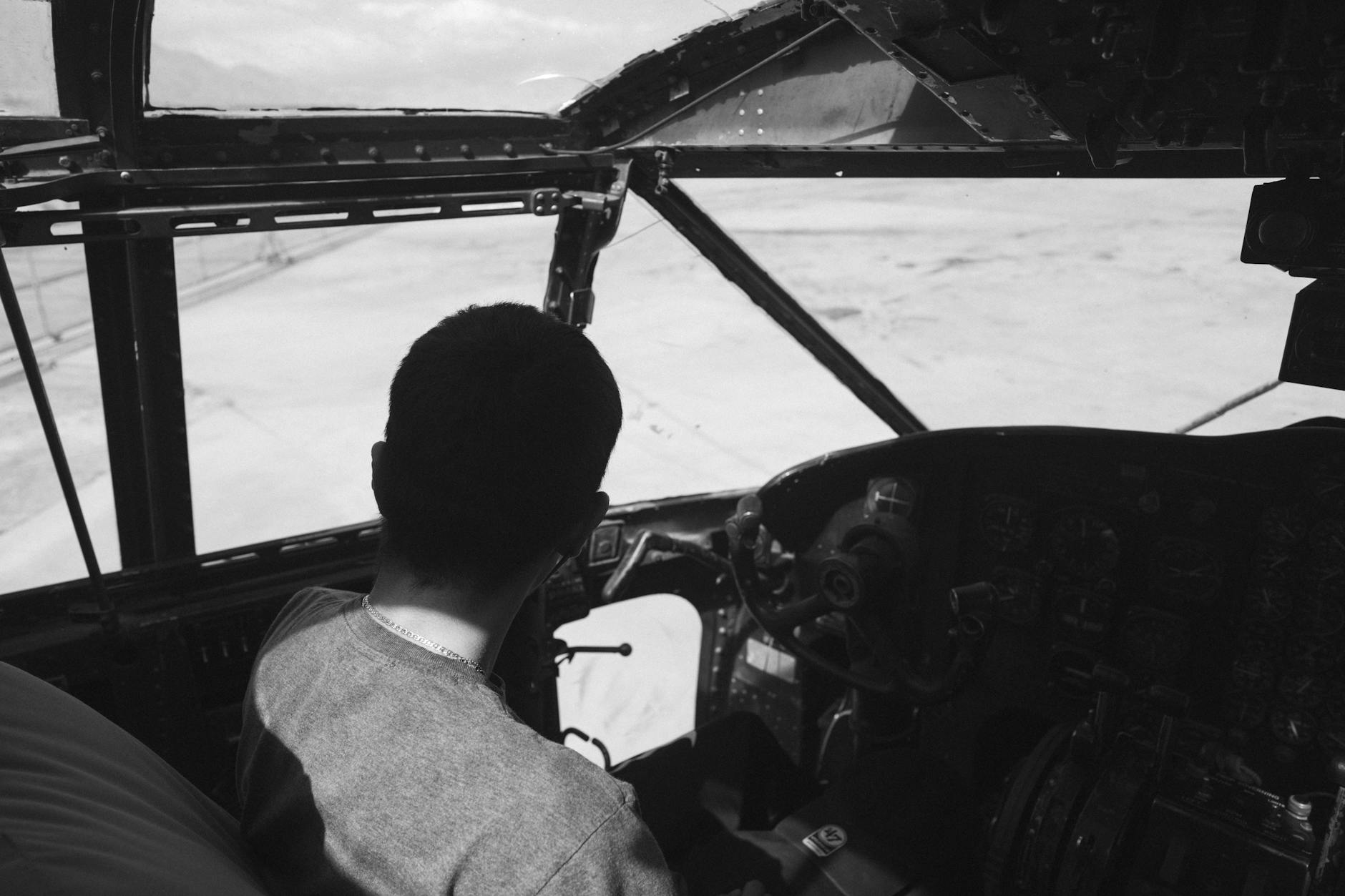Aviation Safety: Examining the Evidence for Air Travel’s Security
Report Highlights Declining Accident Rates, But What Does It Mean for Travelers?
The skies above Australia have arguably never been safer for commercial air travel, according to a recent report released by the Australian Transport Safety Bureau (ATSB). The findings suggest a positive trend in aviation safety, a subject of perennial interest to those who take to the air for business or leisure. This analysis delves into the data presented by the ATSB, explores the contributing factors to this improved safety record, and considers what these trends might imply for the future of air travel.
The ATSB’s Latest Findings on Australian Aviation Safety
The Australian Transport Safety Bureau (ATSB), an independent statutory body, has presented data indicating a sustained decrease in aviation accidents involving commercial aircraft operating in Australia. The report, available on their official website, quantifies this trend by examining accident and incident rates over a defined period. While specific figures and methodologies are detailed within the ATSB publication, the overarching message points to a shrinking risk profile for passengers.
A key takeaway from such reports is the rigorous data collection and analysis undertaken by bodies like the ATSB. These agencies are tasked with investigating all aviation accidents and significant incidents to identify causes and recommend preventative measures. This continuous feedback loop, driven by meticulous investigation, is fundamental to the safety improvements observed across the global aviation industry, and specifically within Australia.
Understanding the Factors Behind Enhanced Air Safety
The decline in accident rates is not attributed to a single cause but rather a confluence of technological advancements, stringent regulatory oversight, and a highly trained workforce. Modern aircraft are equipped with sophisticated avionics, advanced navigation systems, and robust safety features that were unimaginable decades ago. These technologies play a crucial role in reducing the likelihood of human error, which has historically been a significant factor in aviation incidents.
Furthermore, the regulatory framework governing aviation in Australia, overseen by the Civil Aviation Safety Authority (CASA), imposes strict standards for aircraft maintenance, pilot training, and operational procedures. Pilots undergo extensive simulator training and recurrent checks to maintain their proficiency. Air traffic controllers, using advanced radar and communication systems, manage the complex flow of aircraft, ensuring separation and preventing conflicts.
The aviation industry itself has also fostered a strong safety culture. Airlines and maintenance organizations prioritize safety through robust internal reporting systems, proactive risk management, and continuous training for all personnel. This proactive approach aims to identify and address potential hazards before they can lead to an incident.
Perspective on the Safety Record
While the ATSB report paints an encouraging picture of safety, it’s important to consider the nuances. The report focuses on commercial aviation, a sector with a very high standard of safety. However, the experience of individual passengers can be influenced by various factors, including airline-specific policies, aircraft type, and the specific routes flown.
Some might argue that even with declining rates, the potential consequences of an aviation incident remain severe, leading to a lingering public perception of risk. This perspective often highlights that while statistically improbable, catastrophic events, however rare, are etched in public memory. Aviation safety statistics, while reassuring on aggregate, do not eliminate the inherent risks associated with any form of transport.
It is also worth noting that the definition of an “accident” can vary between reports and jurisdictions, potentially influencing comparisons. The ATSB’s methodology aims for clarity and consistency within its own reporting framework.
Implications for Travelers
For the average Australian flyer, the ATSB’s findings reinforce the reality that commercial air travel is an exceptionally safe mode of transport. The continued investment in technology, training, and regulation by the aviation industry and its governing bodies contributes to this ongoing improvement. Travelers can generally feel confident in the safety measures in place.
However, staying informed about aviation safety is always prudent. Passengers can look for airlines with strong safety records and adhere to all pre-flight instructions from the crew. Understanding the safety procedures and the role of various aviation professionals can also enhance peace of mind.
Key Takeaways
- Commercial air travel in Australia has seen a statistically significant improvement in safety over time, according to ATSB reports.
- Technological advancements in aircraft, rigorous regulatory oversight, and comprehensive pilot training are key contributors to this enhanced safety.
- A strong safety culture within airlines and the broader aviation industry further bolsters safety standards.
- While statistically highly safe, public perception of risk can sometimes be influenced by the severity of potential, albeit rare, incidents.
- Travelers can maintain confidence by choosing reputable airlines and being aware of standard safety protocols.
Further Information
For a detailed examination of the data and methodologies used in this assessment, readers are encouraged to consult the original report from the Australian Transport Safety Bureau.


























